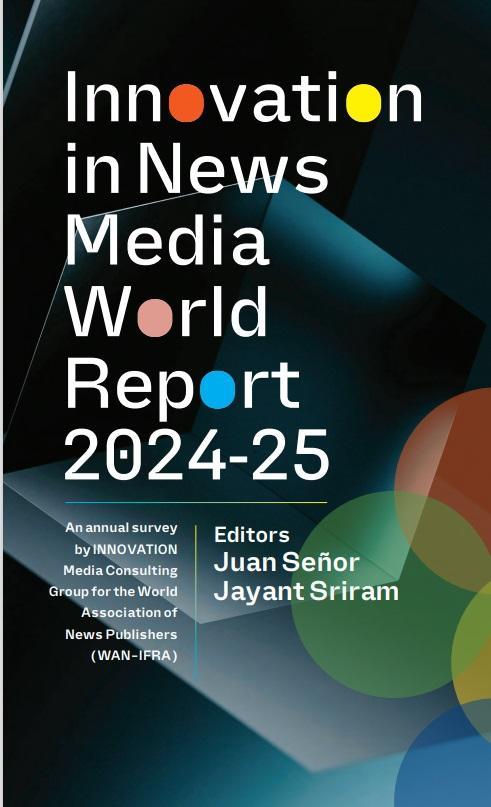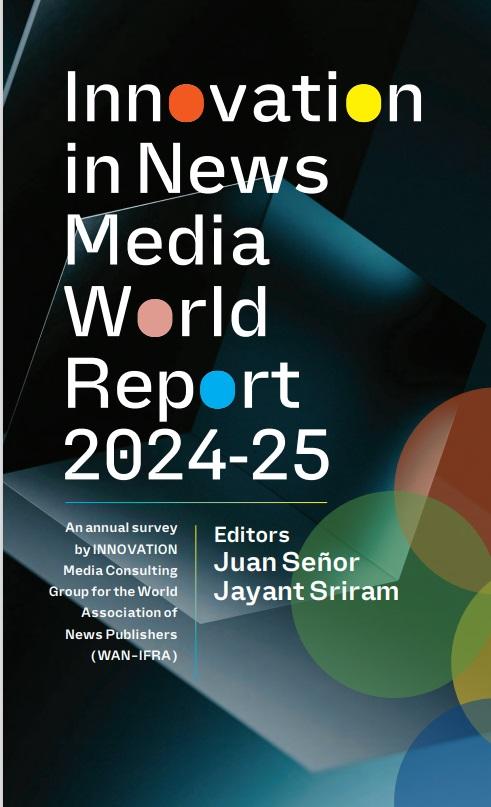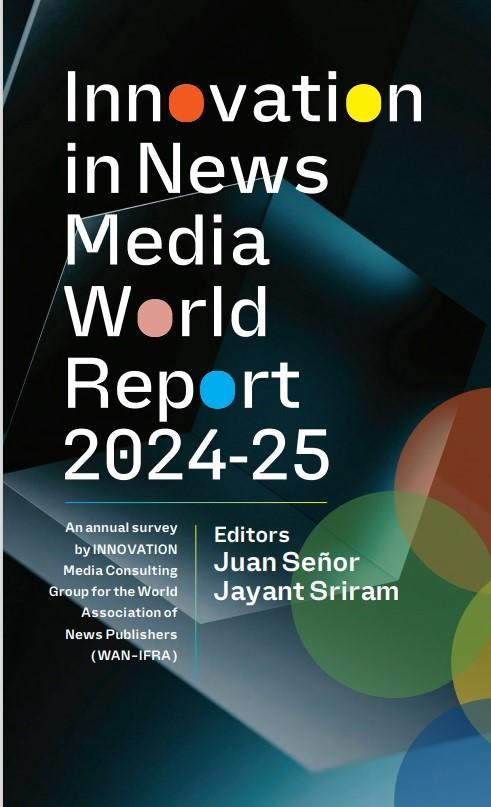
SEOUL, June 18 (AJU PRESS) - The news industry is transitioning from metered paywalls to freemium models, which offer a mix of free and premium content for subscribers. This shift is driven by the advantages of freemium models, such as balancing advertising revenue with subscription income, enhancing user experience, and gathering valuable data for strategic decisions.
From this perspective, a new report by the World Association of News Publishers (WAN-IFRA) highlights recent discussions about moving from rigid paywalls to more flexible membership models with an increased focus on advertising. The report indicates that publishers are discovering that high upfront costs for premium content and blanket paywalls do not always yield desired results. Instead, tailored approaches based on audience preferences and content value are proving to be essential.
"Many outlets have learned that simply throwing a paywall up over your previously free content doesn't work," the report quoted Axios' senior media reporter Sara Fischer as saying. "It throttles ad revenue without capturing enough news subscribers."
According to the report, two pivotal moments in subscription history include the successful launch of the New York Times' metered paywall in 2009 and the global rise of paywalls following the COVID-19 in 2020. But now the freemium subscription model is becoming a leading strategy for sustaining growth in both advertising and subscriptions in the news industry.
The report stresses that freemium models drive both advertising revenue and subscriptions, enhancing user engagement and providing a diversified revenue stream. They offer a clear value proposition and are easier for readers to understand, adapting to consumer expectations of trying content before subscribing. These models also provide valuable insights for optimizing content monetization strategies and enhancing subscriber conversion rates.
"Many publishers find that generating demand with freely available content before upselling audiences to premium, subscriber-only content and features is often a more effective strategy than simply taxing their most loyal and engaged audiences with a meter," the report quoted Jack Smith as saying in an article for Toolkits.
"The freemium model offers a 'try before you buy' experience, aligning with contemporary consumer expectations and demonstrating the publication's quality to encourage subscription purchases. Its flexibility allows publishers to dynamically adjust the mix of free and premium content, ensuring effectiveness over time based on data-driven insights into user behavior and preferences," Smith explained.

Research shows freemium models, which balance accessibility and revenue by offering free content alongside premium content, have been widely adopted, with hybrid models also gaining traction.
Prominent examples of freemium and hybrid models include the Daily Mail, which recently introduced a partial paywall, and The Globe and Mail's AI-powered dynamic paywall. The Wall Street Journal and The New York Times leverage machine learning to tailor paywall experiences, aiming to optimize engagement and conversion rates. This trend reflects a broader move towards innovative, data-driven approaches to digital content monetization.
Overall, freemium models are likely to be the leading strategy for news publishers to ensure sustainable growth through a combination of subscriptions and advertising. However, publishers need to carefully plan their content and features to make the paid options attractive to readers.
"Successful freemium models require a far more deliberate approach to content and product development. Publishers must spend time packaging compelling content and features into coherent products that justify premium pricing, and arbitrarily content behind a paywall without rhyme or reason is not a recipe for long-term success," Smith pointed out.
Copyright ⓒ Aju Press All rights reserved.



View more comments